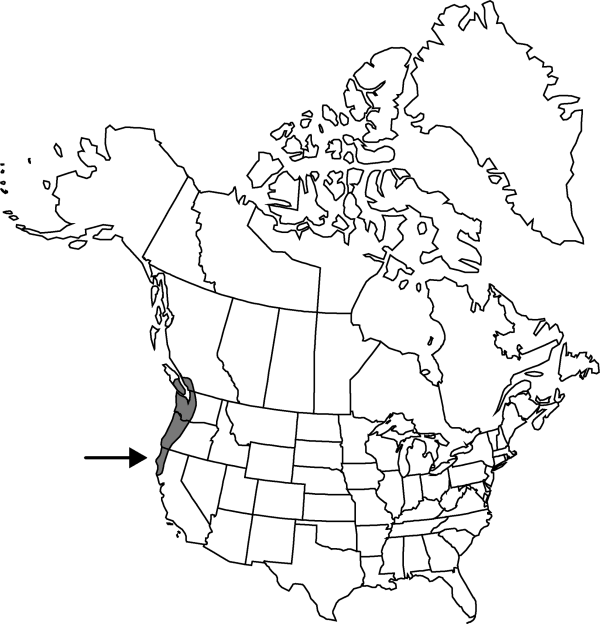Difference between revisions of "Montia diffusa"
Fl. Francisc., 181. 1891.
Common names: Branching montia
Endemic
Basionym: Claytonia diffusa Nuttall in J. Torrey and A. Gray, Fl. N. Amer. 1: 202. 1838
Synonyms: Limnalsine diffusa (Nuttall) Rydberg
imported>Volume Importer |
imported>Volume Importer |
||
| Line 60: | Line 60: | ||
|publication year=1891 | |publication year=1891 | ||
|special status=Endemic | |special status=Endemic | ||
| − | |source xml=https:// | + | |source xml=https://bitbucket.org/aafc-mbb/fna-data-curation/src/2e0870ddd59836b60bcf96646a41e87ea5a5943a/coarse_grained_fna_xml/V4/V4_988.xml |
|genus=Montia | |genus=Montia | ||
|species=Montia diffusa | |species=Montia diffusa | ||
Latest revision as of 22:02, 5 November 2020
Plants annual, not rhizomatous, stoloniferous, or bulbiferous. Stems spreading, freely branched, 5–20 cm. Leaves alternate, petiolate, clasping leaf sheaths absent; blade lanceolate to broadly ovate, more often rhombic to suborbiculate, 20–70 × 10–40 mm. Inflorescences leafy. Flowers 2–8; sepals 1.8–3.5 mm; petals 5, pink or white, 3–5 mm; stamens 5, anther white to yellow. Seeds 1–1.5 mm, tuberculate; elaiosome present. 2n = 16.
Phenology: Flowering spring–early summer.
Habitat: Moist woods
Elevation: 0-1200 m
Distribution

B.C., Calif., Oreg., Wash.
Discussion
Selected References
None.
Lower Taxa
None.